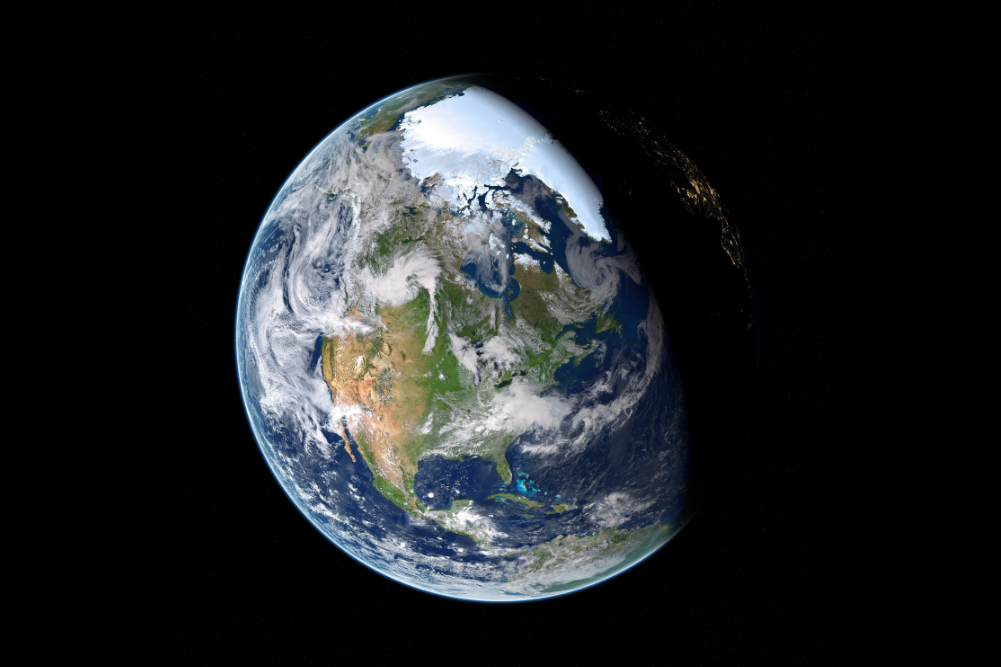Drinking your wastewater
Water will be an issue in the future. Although La Nina events may mask it, a water crisis is looming. Green technology has been touted as a solution to the imminent issue of peak oil but the fear is that there may be no solution for peak water. The good news is that a new report from the United States has suggested that reclaimed water might be the answer.
You can consider this next paragraph either as a needed reality check, or as some facts with which you can scare yourself and your friends senseless. Whatever your attitude to it, its worth knowing and it’s about water. Globally 1.2 billion people live in areas with inadequate water supply. 1.6 billion live in areas where there is water, but they can’t afford to drink it. According to the World Water Council (WWC) while the world’s population tripled in the 20th century, the use of renewable water resources has grown six-fold. Within the next fifty years, the world population will increase by another 40 to 50 per cent. Water stress results from an imbalance between water use and water resources. Water stress causes deterioration of fresh water resources in terms of quantity (aquifer over-exploitation, dry rivers, etc) and quality (organic matter pollution, saline intrusion, etc.). The WWC says that large parts of eastern Australia, smaller parts of southern and western Australia, Europe, China, India, the Middle East, and the United States are rated as experiencing anywhere from high stress to very stress.
Water will be an issue in the future. Water is an issue now.
One part of the puzzle in managing our water supply and usage, according to the US National Research Council (NRC), could be reusing household waste water as everything from drinking water to irrigation water. This might sound unpalatable but the NRC says that it is now a viable reality.
The NRC have reported that treated wastewater, also known as reclaimed water, can be used for drinking, irrigation, groundwater recharge, ecological enhancement, and industrial purposes. Their analysis suggests that exposure to chemical contaminants and microbes from reclaimed wastewater has no greater risk, and in some cases has significantly less risk, than using existing water supplies.
The idea of drinking reclaimed household waste water is not appealing but it should be remembered that some water drinking plants already draw water from sources containing discharge from communities upstream. The water that we drink is already highly processed.
The cost of reclaiming household wastewater is greater than conserving water in the first place and is less than seawater desalination and many other alternatives. So this is not an excuse not to make efforts now at water conservation.
Conservation is absolutely our first and best opportunity when it comes to maintaining our water supplies into the deeper parts of the 21st century and beyond. It could be though that reclaiming household wastewater for drinking and more may be an important part of future water management.
Whatever we do though, we need to begin it now lest we find ourselves paraphrasing Coleridge’s Ancient Mariner and saying, “Water, water, nowhere, nor any drop to drink.â€







